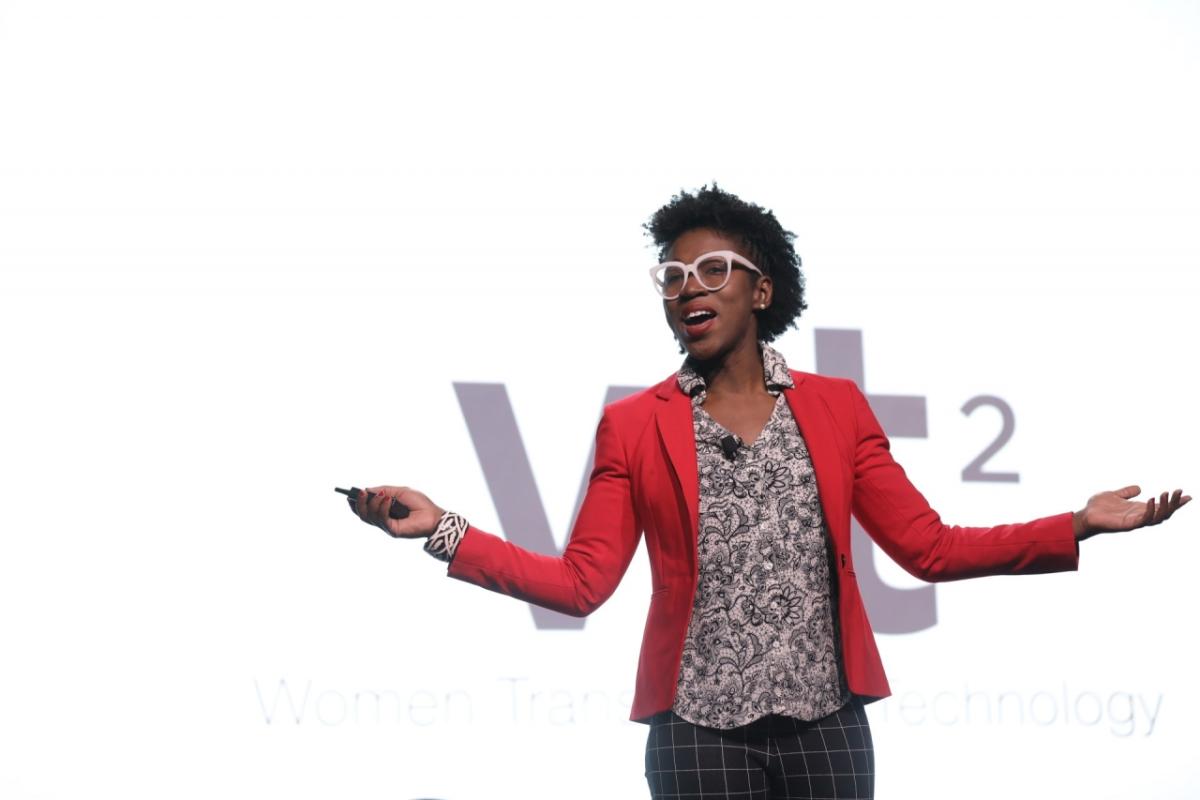Three Practical Reasons to Build More Inclusive IT Organizations
Diversity and inclusion—how diversity is embraced and leveraged—are just as good for IT as it is for businesses and employees.
Building a more inclusive IT organization requires systemic, cultural change. But it’s the same muscle IT flexes to help organizations adapt to new technologies and digital processes.
And the benefits of inclusion in the workplace are exactly what IT needs to drive digital transformation with business results: new ideas, greater teamwork and more customer-centric thinking.
1. Inclusive IT Cultures Unlock Untapped Innovation
“When you increase inclusion, you will drive more innovation,” says Kathy Chou, vice president of research and development (R&D) operations at VMware, on theCUBE. “My job—as a leader of 600 folks in an R&D organization—is to create that culture that allows people to have confidence, to take risks, to be vulnerable, authentic, to innovate and to do new things. If I can create that culture of inclusion, it will drive those business results.”
Because IT traditionally operates in silos, it’s beneficial to find common ground and show people the power of a united IT organization, Chou says.
“When I first came [to VMware] … no one team was greater than a hundred people,” she says. “Now, imagine a mighty force of 600 strong marching in the same direction trying to do things together.”
In today’s digital age, it’s also not uncommon for teammates to operate in silos. So Chou also creates inclusive environments by offering opportunities to meet in person.
“We had one event where we had two people that sat next to each other, they didn’t know each other at all. One needed some machine learning expertise, the other one was a machine learning enthusiast. They came together and they have now built a patent-pending piece of microservice,” she says. “That’s what happens when you’re included.”
2. Inclusive IT Teams Get More Input and Output
IT leaders often look for technical solutions to increase their output, without additional budget or staff. What about innovative people solutions to increase workers’ contributions?
“It can really be a challenge to get the best from everyone,” says Linda Lubin Thompson, a leadership consultant, at Women Transforming Technology (WT2). “Some people, especially those in the dominant group, tend to also dominate the airtime. Others, often women and minorities, remain quiet even if they have something to contribute, which they always do.”
Inclusive IT teams can increase their productivity, strategic thinking and cross-collaboration. It starts in meetings: setting the ground rules for equal participation, encouraging divergent views and giving every employee an opportunity to be heard.
“Whether you’re the leader of the meeting, or just a participant of the meeting, you can do these things,” she says. “All of them will help people feel safe, comfortable and valued so that they can contribute so that you all can do the best for your organization.”
3. Inclusive IT Mindsets Produce Better Results
Products and services miss the mark when businesses don’t research, design and develop for a full range of customers. Take artificial intelligence (AI) technologies.
Some companies felt certain their facial recognition systems provided highly accurate results. However, Joy Buolamwini, an algorithmic bias researcher, found that the data behind the AI was largely based on males with pale skin tones. As a result, the technologies couldn’t always accurately recognize faces of different genders and skin colors.
“You have to include the undersampled majority if you have global aspirations as a company,” she said at WT2, as reported by CNET.
To successfully launch new products and services, IT must include the needs and opinions of every type of customer and prioritize problems where gaps exist.
The Next Generation of IT
Every IT leader wants to prepare their organization for the next generation of IT professionals. Inclusion strategies can set companies on the right course to attract the next brilliant, diverse minds in IT.
Inclusion is a sign of leadership. It’s evidence that IT leaders are willing to disrupt the status quo, in their industry and in their company. Practicing inclusion proves an organization embraces new ways of thinking. And it shows a company truly values all of its loyal customers and hard-working employees.



